Exhibition concept: Vesna Leiner
Exhibition design: Nikolina Jelavić-Mitrović
Poster design: Iva Marochini
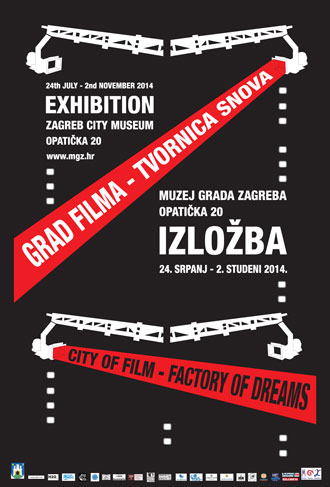 The exhibition City of Film – Dream Factory takes up the history of Zagreb via the development of the film industry. From the first showing of “living photographs” in the building of Kolo, the Croatian Singing Association, in 1896, the city lived together with the film. At the exhibition, this, we hope, will be visible via cinematographic material kept in various archives and museums, accounts in the press of the time, from objects kept in private collections. From everything shown, it is evident that Zagreb was one of the most important centres of film production in the region. And this is a situation that has not changed essentially to this day.
The exhibition City of Film – Dream Factory takes up the history of Zagreb via the development of the film industry. From the first showing of “living photographs” in the building of Kolo, the Croatian Singing Association, in 1896, the city lived together with the film. At the exhibition, this, we hope, will be visible via cinematographic material kept in various archives and museums, accounts in the press of the time, from objects kept in private collections. From everything shown, it is evident that Zagreb was one of the most important centres of film production in the region. And this is a situation that has not changed essentially to this day.
Zagreb was a draw for cineastes, both local and foreign. There were a number of social and economic conditions behind the outstanding interest of producers in filming in Zagreb and surrounds, but some of those most to be credited were the highly competent movie professionals, the charm of Zagreb streets, squares and parks as well as the town’s hospitableness.
Many world known (and almost unknown) films and series were shot in the city. As a result, at the exhibition a number of film industry prizes essential for the cinematic history of Croatia can be seen, including an Oscar, a Venetian Golden Lion, the Arena from Pula and a Golden Nymph from the Monte Carlo festival; film posters for the first films made in Croatia; a poster for the film Battle on the Neretva – a work by Picasso; photographs from the shooting of films, scripts, costumes and so on. The many clips from films that visitors can see at the exhibition are a kind of testimony to the city and its past. In them we recognise a city that is no longer, a city that has ineluctably changed its face, and thus the films have not only an artistic but also a documentary value. It is for this reason that Zagreb City Museum is mostly interested in this kind of heritage.
The search for exhibits resulted in discoveries of a great mass of extant material the volume of which greatly outstrips the framework of this exhibition. All of the things that the exhibition has only just touched on – the work on scenery and scripts, film music, the economic effects of film production and so on, even though only film production closely connected with Zagreb was our ostensible theme – led inevitably to the idea of an institution capable of presenting and studying this part of our heritage in a single place. And this exhibition then constitutes a kind of signpost towards a film museum – an establishment that with a well designed plan of activity would have a place of its own on the cultural map of Zagreb and Croatia.
Vesna Leiner
Pictures from the exhibition
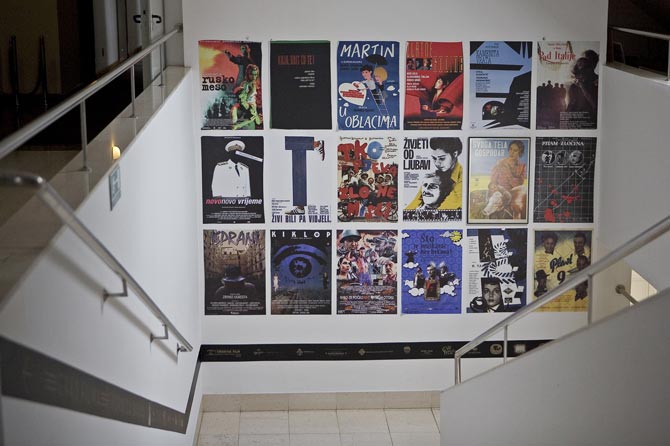
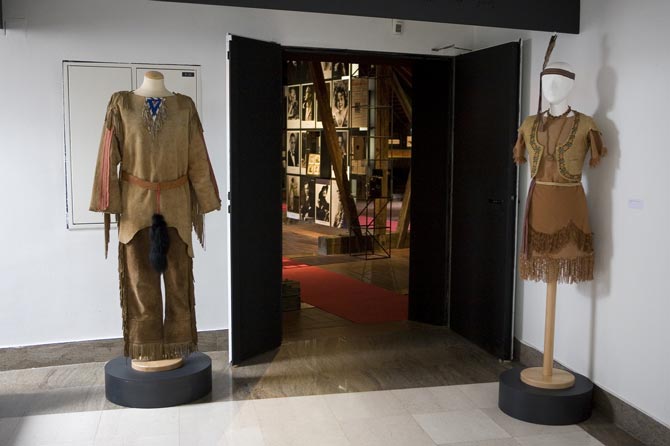
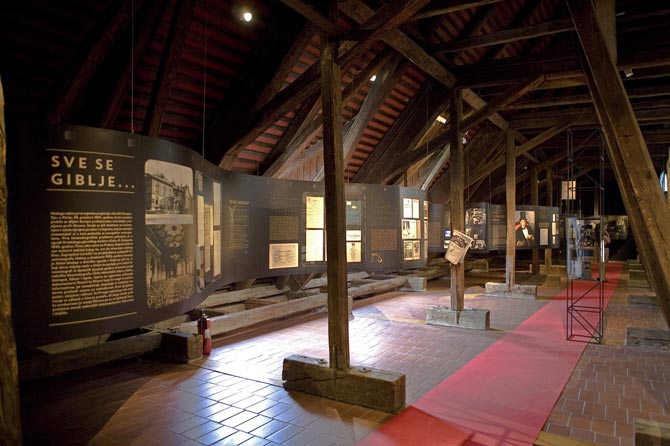
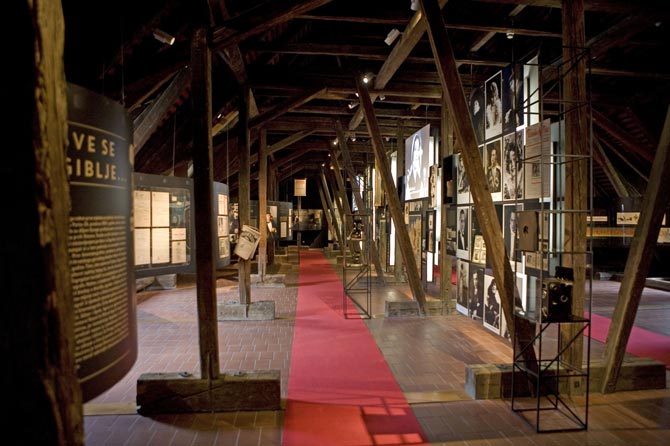
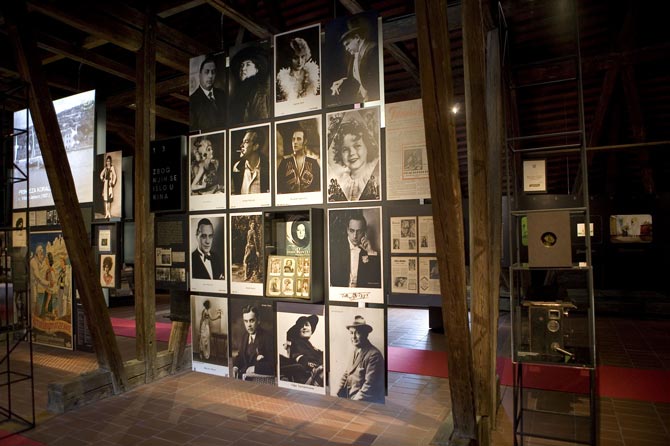

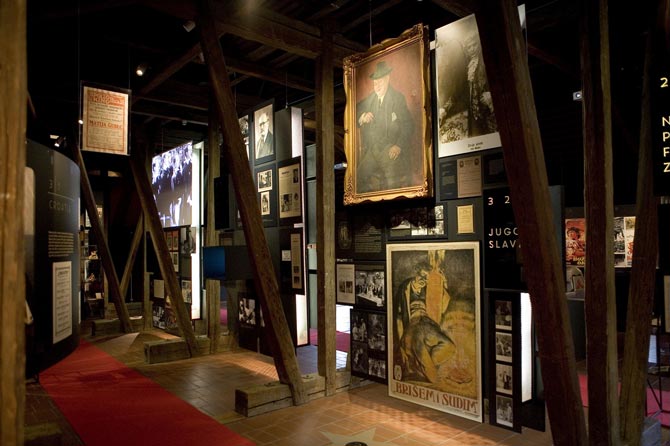
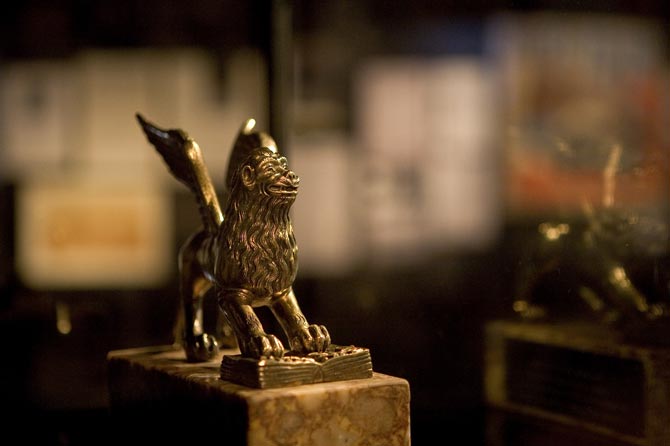
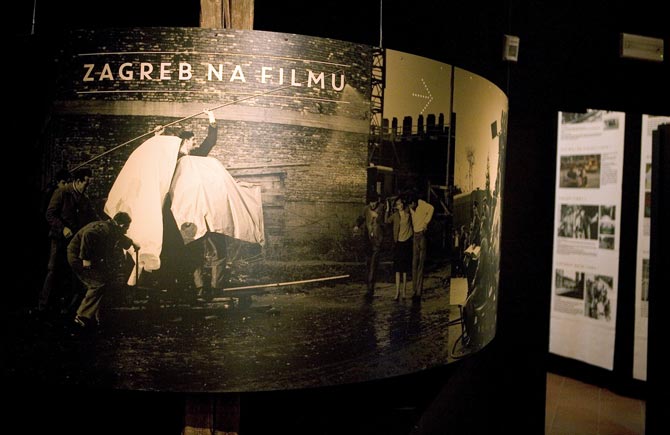
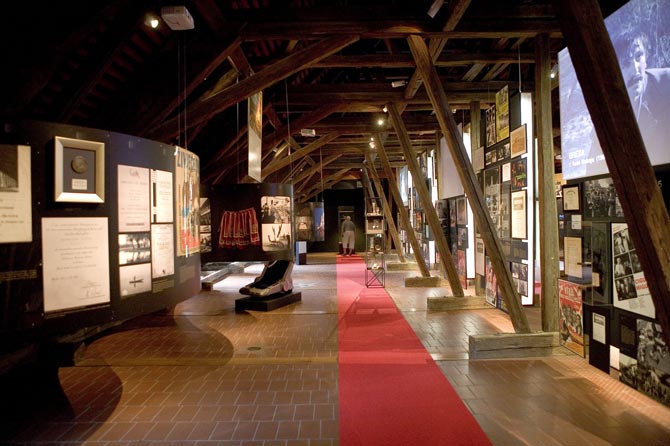
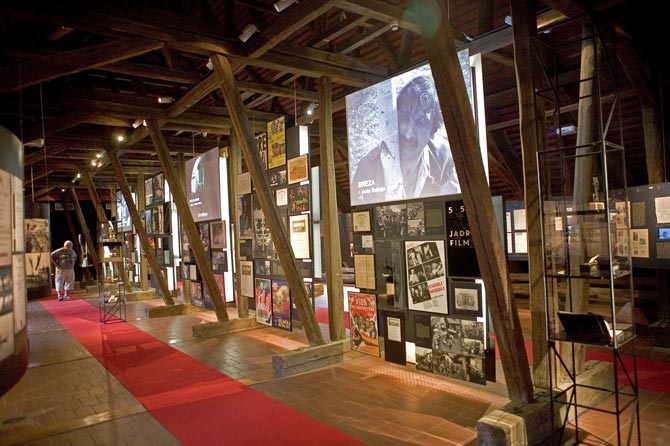
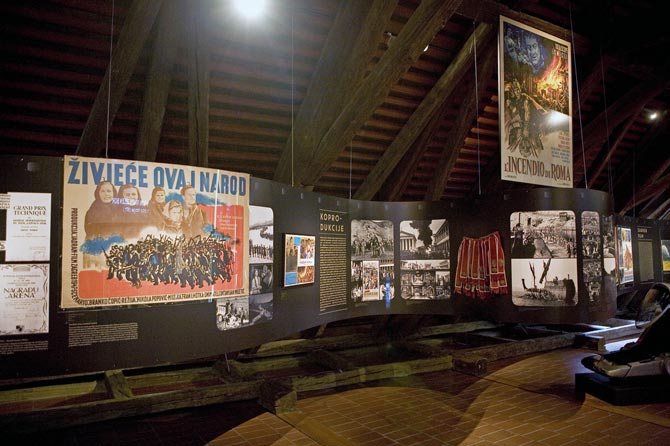
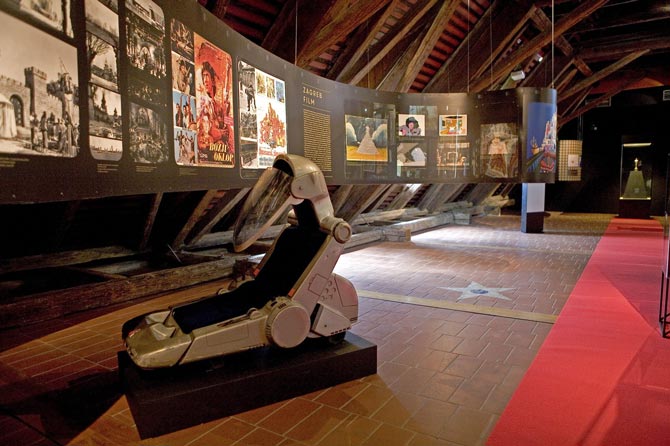
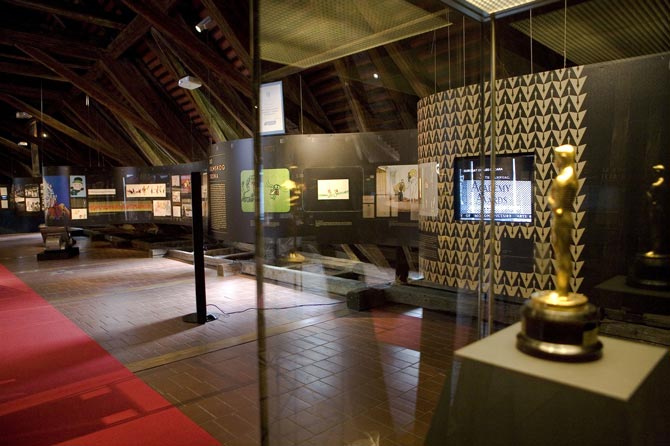
photo Miljenko Gregl, ZCM

